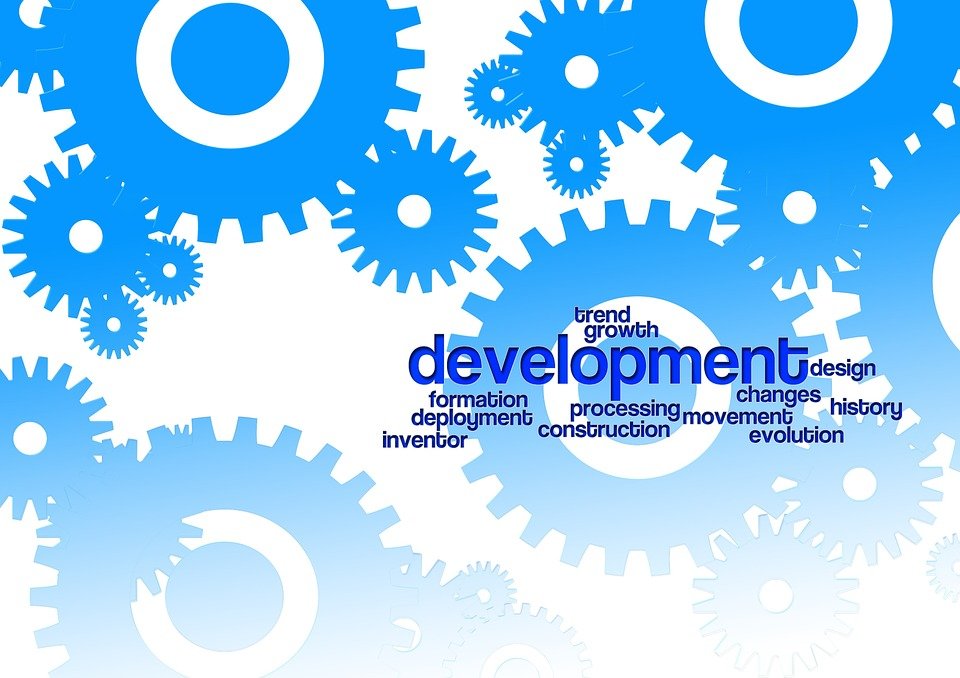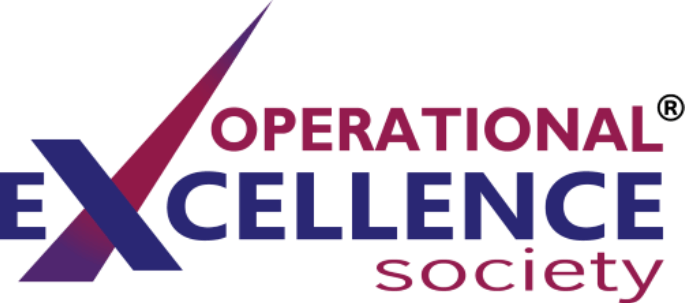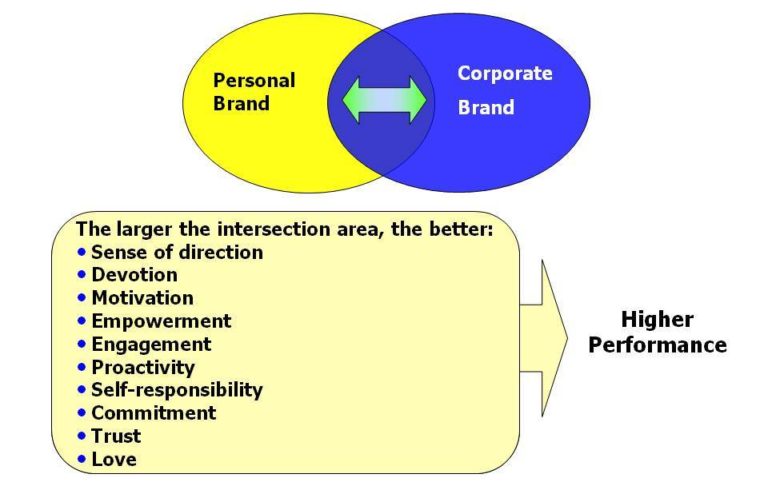How ERP Can Help in Lean Implementation
News reports over the last several months continue to paint a gloomy picture for today’s economy. Rising material and labor costs, weak consumer spending, and the collapsing housing market are hammering businesses nationwide. Many are looking for ways to re-engineer themselves in order to compensate for flattening growth. To survive, one must do more with the resources they currently have; they must do it more efficiently and with less error. Thus, Lean manufacturing has emerged as a viable method for ensuring continued prosperity.
Becoming Lean has been a goal of most companies over the last several years. Why is Lean so popular? Lean delivers what companies really need in today’s highly competitive world. Shorter lead times, improved quality, reduced cost, increased profit, improved productivity and better customer service. Generally, the problem is that these companies don’t know where to begin to realize these gains in efficiency.
To become Lean, a company must take a hard look at processes and practices to identify those things that truly add value for the customer and they must eliminate those that do not. The continuous pursuit of waste elimination is the essence of Lean.
Reducing Waste
The nebulous Lean definition of waste (anything that doesn’t add value) allows plenty of opportunity for ERP systems to contribute. In the most general sense, it is difficult to act on or improve what you don’t know or can’t see. ERP systems are the nervous system of the organization. They carry the definitions, the data, a record of the activities of the organization, and provide the measurement systems for determining where opportunities for improvement lie.
More specifically, processes and procedures are embedded within the ERP system’s routings and workflows. This “documentation” allows organizations to clearly see what is happening in their organization and provides the mechanisms to implementing new and more efficient procedures. Sometimes, although the proof is in the data, managers don’t “see” the inefficiencies. Managers must “learn to see” with a new eyes; they must be able to look at the documentation generated from the ERP system, analyze it, identify potential waste, and then implement the appropriate Lean methodologies to kill these inefficiencies.
The logic within planning and optimization subsystems can help minimize inventory, make the most effective use of transportation and warehousing facilities, properly size and time work activities to avoid waste, and minimize set-up and handling times. Supply chain planning and management systems can ensure the right inventory is in the right place at the right time, thus eliminating wasteful excess inventory and avoiding costly shortages.
Workflows and event management systems (such as Exact e-Synergy) speed communications and coordination throughout the organization, allowing the critical information to reach just in time rather than just too late. These systems greatly reduce administrative burdens and avoid delays in reacting to changing situations; which subsequently results in less waste and better customer service.
Continuous Improvement
Lean is not a one-time project, nor is it ever complete. It is common practice to set initial goals when entering a Lean transformation project, but it is also essential that achieving those goals is not seen as an end point; or worse, the improvements in place revert back to “the way that it has always been done”. There’s always more to do, more improvements to attain, and more efficiencies to discover.
ERP systems contain the definition and documentation of processes and procedures for the current state. As improvements are made and the changes are entered into the system’s files, these new definitions serve to enforce and perpetuate the improvements. Comparative measurements document the effect on the changes to lead-times, costs, and efficiency. After the initial objectives are achieved, the ERP system captures the input needed for the next round of improvements; the definitions within the system recognize current activities and offer a place to start identifying and eliminating new waste.
Most ERP systems today have a tool called Event Manager . One such tool, offered by Exact Software, has the capability of monitoring key performance indicators and can automatically alert management to any changes (good or bad) in any of the hundreds of measurement areas. This tool alerts management to impending problems before waste is generated. These warnings can also point to areas in need of improvement.
In addition, Business Analytic tools provide powerful interactive analysis that can be used to dig deep into data and mine for waste and elimination opportunities. Business Analytics provides graphical views of information, including combinations of data. Often times this broader view can provide insight into how different parts of the business interact and influence each other. With this new insight, businesses can avoid changes in one area that may negatively affect other parts of the business. All too often, an improvement in one area will trigger additional non-value-adding activities in other departments, leading to higher waste overall.
Sales and Customer Service Opportunities
Customer service has to be a focus of any organization. Lean efforts not only strive to remove waste from customer-facing processes, but also can deliver better customer service at the same time. When waste is removed from customer service processes, delays, inconveniences, mistakes, and costs are also eliminated. The resulting streamlined processes inevitably make it easier and more rewarding for the customer to do business with the company.
Most ERP systems today give as much focus to customer relationship management (CRM) as to internal operations. CRM capabilities simplify the order management process by aggregating information from across the business and making it readily available to customers and customer service agents.
Workflow management speeds the order process (eliminating delays in hand-offs to all affected departments.) As soon as the order is captured, inventory, accounting, planning, production, and shipping are immediately notified and can start fulfilling customer’ requests. All participant activities are synchronized to work effectively toward fulfilling the customer request.
The World is Getting Leaner
Today, ERP systems have made Lean techniques practical and valuable in all kinds of manufacturing businesses and beyond them into distribution, retail, service industries, and general businesses. While Lean ideals are based on simple manual techniques and procedures, ERP systems are an important mechanism for extending the basic procedures into complex situations, demanding environments, and the wider world of constant changing requirement needs.
The cultural and managerial elements of Lean are well supported by the functions and facilities within ERP systems. Above all else, ERP systems are communication vehicles, making information available throughout the enterprise and coordinating activities to avoid wasteful overlap, omissions, and miscommunications.
The best time to get Lean is today while the economy is weak. Not only will it help you to survive in the short term, but it will also help you thrive in the long term by providing shorter lead times, improved quality, reduced costs, increased profit, improved productivity, better customer service, etc. So the decision is yours to make. Do nothing, conserve cash, and hope for the best, OR start your Lean transformation today. An old friend once told me (and I certainly believe this to be true) “Hope is NOT a strategy”.
Mr. Clarke’s leadership experience began while serving as a Platoon Leader with the US Army. From there Mr. Clarke carried other various roles, each complementing the previous, such as Executive Officer, Company Commander, Battalion Logistics Officer, and Battalion Operations Officer. Mr. Clarke utilizes this invaluable leadership experience to build his group into a synergetic fighting force.
Contact him at clarkerw@xonitek.com.







